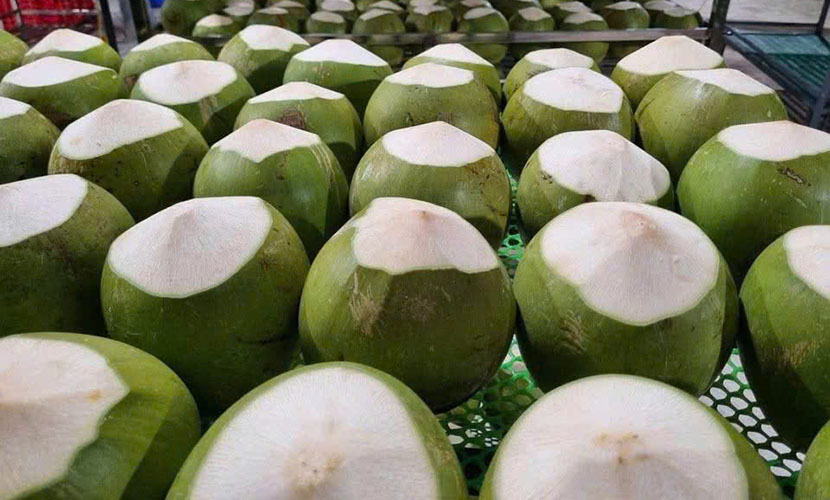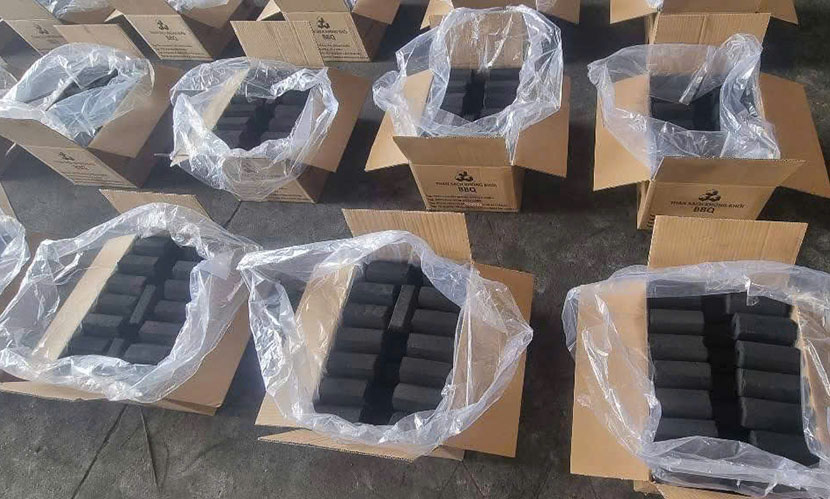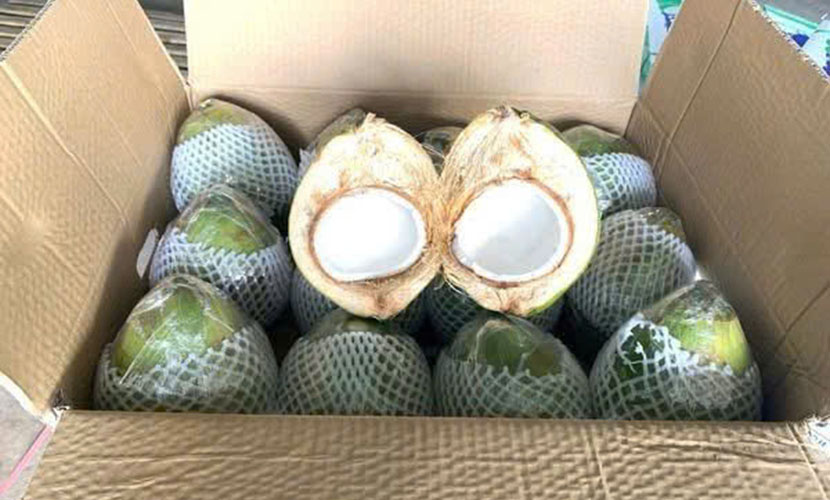
Vietnamese coconut exports surpassed $1 billion in 2024. This result was driven by market expansion and official shipments to China. In which, fresh coconut exports reached $390 million, up 61% year-on-year.
Including all coconut-based products, exports reached nearly $1.1 billion, up over 20% from 2023. This is the first time in 14 years that Vietnamese coconut exports reached a billion-dollar value.

Vietnameese coconut exports
Vietnam currently has 200,000 hectares of coconut plantations, producing two million tons annually. One-third of the coconut area meets organic standards under U.S. and European regulations, mainly in the central region and the Mekong Delta. Ben Tre coconuts have granted geographical indication status, with 133 plantation codes and over 8,300 hectares dedicated to exports.
With more than 600 manufacturing and processing enterprises, Vietnam’s coconut industry holds a competitive edge in the international market. Vietnam ranks fourth in coconut exports in the Asia-Pacific region and fifth worldwide.

Vietnamese young coconut for export
China is the main export market, accounting for 25% of Vietnamese coconut exports in terms of value. The signing of the official import protocol between the two countries in August 2024 has created major opportunities for this fruit. Vietnam is currently the third-largest coconut supplier to China, holding over 20% of its market share.
Due to its competitive price and mildly sweet flavor, Vietnamese coconuts are favored in many markets such as the EU, the US, Canada, and South Korea.
However, the coconut processing industry faces the risk of raw material shortages. Despite significant investments in many factories in Ben Tre, coconut supply remains insufficient. According to the Vietnam Coconut Association, prices once fell to a record low of VND 1,000 per fruit. As a result, it discouraged farmers from expanding cultivation and forcing processing enterprises to operate at minimal capacity.

Vietnam’s coconut shell briquette charcoal
Moreover, many fresh coconut orders could not ship on time due to a lack of packaging codes and unstable raw material areas from the third and fourth quarters of 2024 until now. Raw material prices have surged as Thailand, India, and the Middle East increased imports.
Therefore, it was difficult for domestic factories to compete in purchasing. In addition, the expansion of China’s coconut pre-processing plants has pushed prices higher. Farmers earned benefit, but processing enterprises faced challenges.

Fresh coconut from Vietnam
It is necessary that authorities work with China to grant more plantation codes for Vietnam’s coconuts. He also emphasized the need for reasonable tax policies to enhance the coconut industry’s competitiveness.
Sharing concerns over a decline in both the “quality and quantity” of raw materials, Mr. Phuong, a director of a export company of Vietnamese coconuts, called on businesses to cooperate in building a sustainable value chain from cultivation and processing to consumption to ensure the long-term growth of the coconut industry.
Vietnamese source: https://vnexpress.net/xuat-khau-dua-lan-dau-vuot-ty-usd-4850124.html
